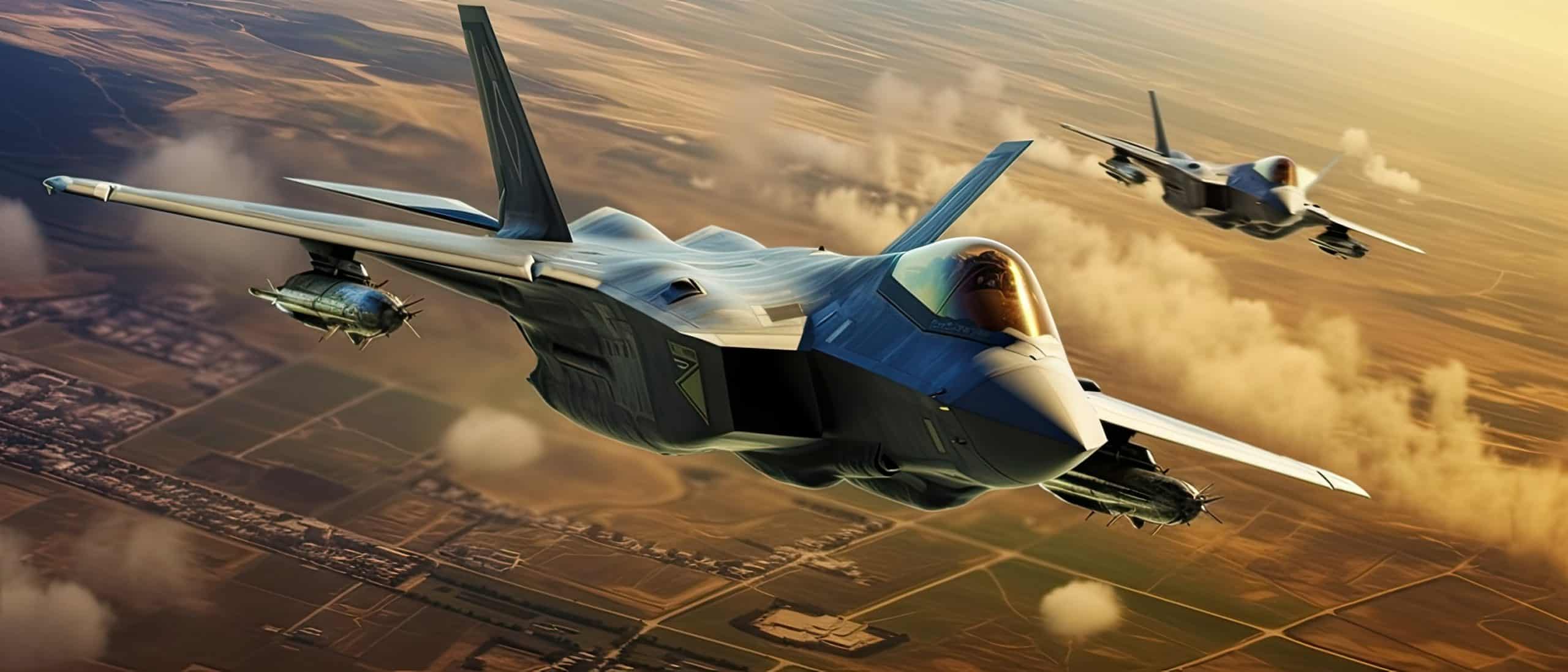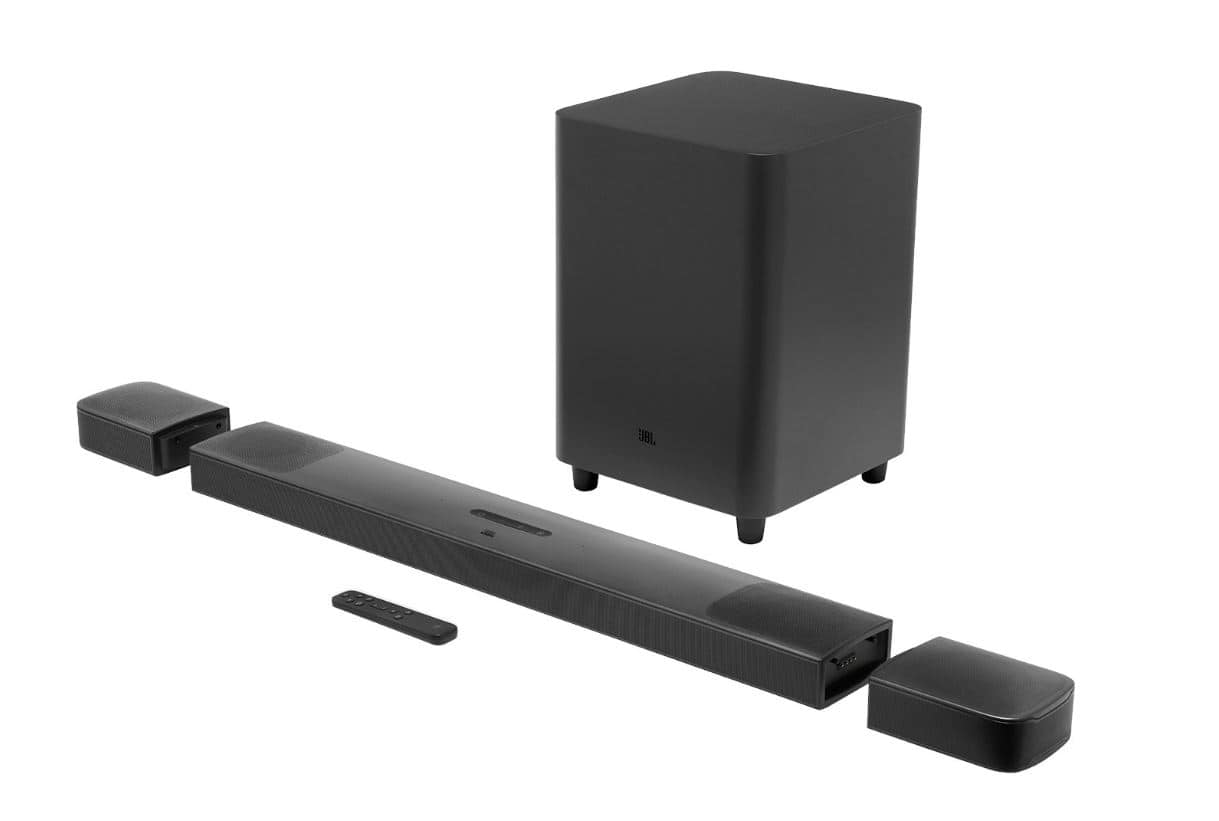The Su-57, also known as the T-50 or PAK FA, represents a significant leap in Russian military aviation technology. As the country’s first stealth fighter, the Su-57 is poised to redefine the capabilities of Russian aerial warfare. In the context of the modern battlefield, where radar evasion becomes increasingly critical, the Su-57’s design incorporates features aimed at achieving enhanced radar suppression and survivability.
One of the key attributes of the Su-57 is its stealth technology. The aircraft’s airframe incorporates advanced materials and shapes that minimize its radar cross-section, making it harder for enemy radar systems to detect and track. This approach is indicative of a broader trend in modern military aviation, where stealth characteristics are essential for gaining tactical advantage. The Su-57 utilizes internal weapon bays, which not only contribute to its stealthy profile but also allow it to carry a diverse payload of advanced munitions without compromising its radar signature.
In addition to its stealth capabilities, the Su-57 boasts a supermaneuverability feature enabled by its thrust vectoring engines. This allows the aircraft to perform complex maneuvers in dogfights, giving it an edge over traditional fighters. The integration of advanced avionics, including cutting-edge sensors and radar, further enhances its situational awareness and combat effectiveness. The combination of these attributes makes the Su-57 a formidable presence in the skies, capable of engaging multiple threats while remaining difficult to detect.
Another significant aspect of the Su-57 is its potential role in a broader network-centric warfare strategy. The aircraft is designed to operate within a system of interconnected platforms that share real-time data. This capability allows it to function effectively alongside other military assets, including unmanned aerial vehicles (UAVs) and ground forces. The integration of advanced data links and sensor fusion technologies not only maximizes its operational efficiency but also underscores the shift towards joint operations in modern military doctrine.
International interest in the Su-57 has also been notable. While it is primarily meant for the Russian Armed Forces, there have been discussions about potential exports to allied nations. This could enhance the global profile of Russian military technology and potentially reshape the balance of power in various regions. Despite some delays in production and operational deployment, the Su-57’s advantages in stealth and advanced avionics are likely to keep it relevant in discussions about next-generation fighter jets.
In conclusion, the Su-57 embodies the future of Russian fighter aircraft, particularly with its focus on radar suppression and integrated warfare capabilities. As a groundbreaking model in stealth technology and combat operations, it sets a precedent for subsequent generations of military aviation, offering insights into the evolving nature of aerial combat. As the world watches the developments surrounding the Su-57, its impact on global strategic dynamics and military technologies will be significant in the years to come.
Essential Tips, Life Hacks, and Interesting Facts About Modern Military Aviation
The realm of military aviation is filled with fascinating technology and strategies that evolve continually. Here are some insightful tips, life hacks, and intriguing facts related to military aircraft like the Su-57 that can broaden your understanding of the field and its broader implications.
1. Understanding Stealth Technology:
If you’re interested in military tech, dive deep into the principles of stealth technology. Research how different shapes and materials are utilized to minimize radar signatures. You can enhance your learning by watching documentaries or reading articles specifically about stealth jets such as the B-2 Spirit or the F-22 Raptor.
2. The Importance of Situational Awareness:
In both military operations and everyday life, situational awareness is crucial. Just as pilots rely on advanced avionics and sensor fusion to stay informed about their surroundings, individuals can practice mindfulness and observation skills to better navigate their environments. Consider taking a defensive driving course that emphasizes awareness and quick decision-making.
3. Engage in Virtual Simulations:
If you’re fascinated by flight dynamics and aircraft maneuvers, consider participating in flight simulation games. Many modern simulators provide a realistic experience, allowing players to understand aircraft performance, including concepts like supermaneuverability, in a fun and engaging way.
4. Stay Updated on Military Innovations:
The field of military technology is rapidly evolving. To keep abreast of new developments, regularly visit reputable defense and technology websites or follow their social media channels. This will not only keep you informed about the latest in military aviation but also about innovations that can spill over into civilian applications.
5. Explore Historical Context:
Understanding the history of military aviation can provide valuable insights into current technologies like the Su-57. Read up on key milestones from World War I to today, as each era’s innovations pave the path for modern advancements. This background can enhance your perspective on the significance of current technology.
6. Join or Create Interest Groups:
Forming or joining a group focused on military aviation can amplify your knowledge and appreciation for the subject. Regular discussions, book clubs, or attendance at military airshows can connect you with like-minded individuals and experts in the field.
Interesting Fact:
Did you know that advancements in military aviation have significantly influenced commercial aviation as well? Technologies developed for military jets, such as fly-by-wire systems, have been incorporated into civilian aircraft, leading to safer and more efficient air travel.
7. Look Into Related Technologies:
Military aviation intersects with many other fields, including drone technology and artificial intelligence. Exploring these areas can provide a broader view of how aerial capabilities are evolving. Consider researching UAV developments and their applications in both military and civilian sectors.
For more in-depth exploration of military technology, visit Defense.gov for updates and insights.
These tips, hacks, and facts serve not only to enhance your understanding of military aviation but also to appreciate the continuous innovations that impact both military and civilian sectors alike. Embracing and sharing this knowledge can lead to a deeper interest in the fascinating world of aviation technology.






















